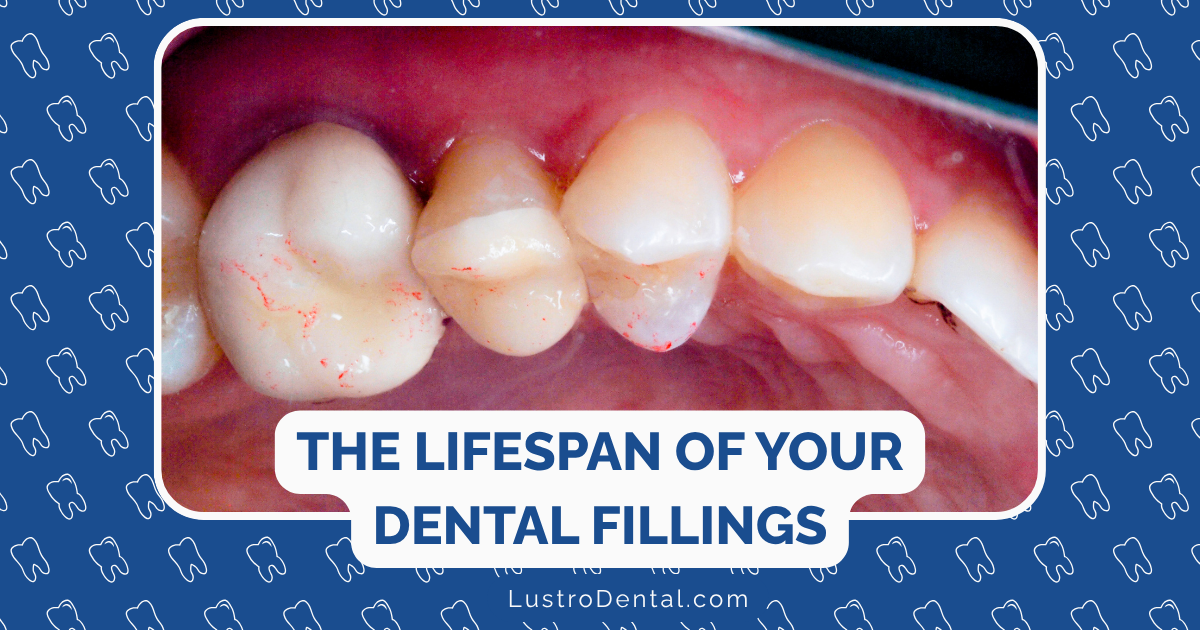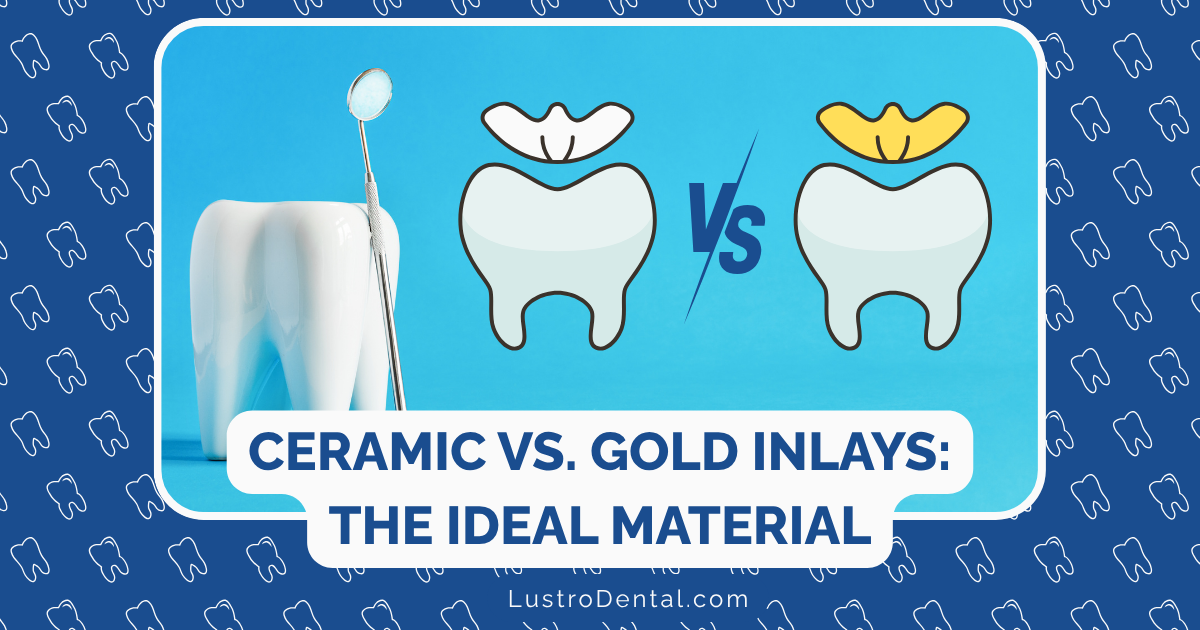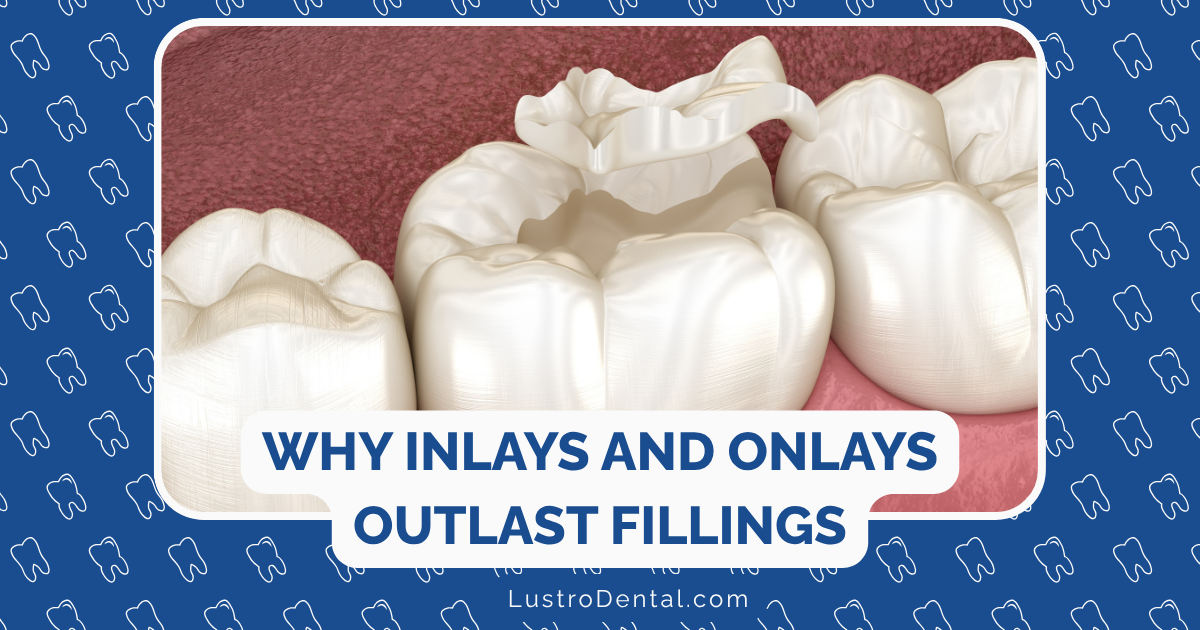How Long Should Your Dental Fillings Last? Signs It’s Time for Replacement

Dental fillings are among the most common dental procedures, with millions placed each year to repair cavities and restore damaged teeth. Yet many patients are surprised to learn that fillings aren’t permanent solutions—they have a lifespan and eventually require replacement.
Understanding how long different types of fillings should last and recognizing the signs of a failing filling can help you maintain optimal oral health and avoid more serious dental problems down the road. As someone passionate about preventive dental care, I’ve seen how proactive management of dental fillings can save patients from unnecessary pain, complications, and expenses.
Let’s explore the expected longevity of various filling materials, the telltale signs that indicate replacement is needed, and practical strategies to help your fillings last as long as possible.
The Lifespan of Different Filling Materials
Not all dental fillings are created equal. The material used significantly impacts how long you can expect your filling to last before needing replacement.
Amalgam (Silver) Fillings
Expected lifespan: 10-15 years, often longer
Amalgam fillings have been used for over 150 years and consist of a mixture of metals including silver, tin, copper, and mercury. Their remarkable durability makes them particularly suitable for restoring molars where chewing forces are greatest.
Dr. Sarah Chen, prosthodontist at University of California San Francisco, notes: “I’ve seen amalgam fillings that have lasted 20+ years in patients who maintain good oral hygiene. Their longevity is one reason they’re still used despite aesthetic concerns.”
Composite Resin (Tooth-Colored) Fillings
Expected lifespan: 5-10 years
Composite fillings are made from a mixture of plastic and fine glass particles. While they blend beautifully with natural tooth color, they typically don’t last as long as amalgam, particularly in high-stress areas of the mouth.
Research published in the Journal of the American Dental Association indicates that composite fillings have approximately a 5% annual failure rate, compared to 2.3% for amalgam fillings.
Gold Fillings
Expected lifespan: 15-30 years
Gold fillings (often technically inlays or onlays) are the champions of longevity. Made from gold alloy, these restorations are highly durable and biocompatible, making them an excellent long-term investment despite their higher initial cost.
Ceramic/Porcelain Fillings
Expected lifespan: 10-15 years
Ceramic fillings offer a perfect balance between aesthetics and durability. They’re resistant to staining and can last significantly longer than composite fillings, though they’re typically more expensive.
Glass Ionomer Fillings
Expected lifespan: 5 years or less
Glass ionomer fillings release fluoride, which can help prevent further decay. However, they’re generally less durable than other options and are typically used in non-stress-bearing areas or for temporary restorations.
Factors That Affect Filling Longevity
Why do some fillings last decades while others fail within a few years? Several factors influence the lifespan of your dental restorations:
1. Location in the Mouth
Fillings in molars and premolars, which bear the brunt of chewing forces, typically wear out faster than those in front teeth. Similarly, larger fillings that replace more tooth structure tend to fail sooner than smaller ones.
2. Oral Hygiene Practices
Consistent brushing, flossing, and regular dental check-ups significantly extend filling lifespan by preventing new decay around existing restorations.
3. Diet and Habits
Consuming excessive sugary or acidic foods, chewing on hard objects (ice, pens, etc.), and teeth grinding (bruxism) can all accelerate filling wear and failure.
4. Dentist’s Technique
The skill and technique used during placement matter tremendously. Properly prepared and placed fillings typically last longer than those with inadequate preparation or poor adaptation to the tooth structure.
5. Material Quality
Higher-quality materials and newer formulations often offer improved durability and longevity compared to older or lower-quality alternatives.
7 Warning Signs Your Filling Needs Replacement
Even the best fillings eventually wear out. Here are the key signs that indicate your filling may need replacement:
1. Tooth Sensitivity or Pain
What it feels like: Sharp pain when consuming hot, cold, or sweet foods and beverages that lingers even after the stimulus is removed.
Why it happens: As fillings age, they can develop microscopic cracks or begin to pull away from the tooth structure, allowing bacteria and temperature changes to reach the sensitive inner layers of the tooth.
Dr. Michael Roberts, endodontist at Boston University Dental School, explains: “Sensitivity around an old filling is often the first sign that the seal between the filling and tooth has been compromised. This shouldn’t be ignored, as it can quickly progress to more serious problems.”
2. Visible Damage to the Filling
What to look for: Cracks, chips, or worn areas in the filling material. For tooth-colored fillings, look for areas where the filling appears to be separating from the tooth.
Why it happens: Daily chewing forces, teeth grinding, and normal wear and tear can damage filling materials over time. Even microscopic damage can progress to visible cracks or chips.
3. Dark Lines or Discoloration Around the Filling
What to look for: Gray, brown, or black lines around the edges of the filling or discoloration of the surrounding tooth structure.
Why it happens: This often indicates that bacteria have penetrated beneath the filling, causing new decay. With amalgam fillings, dark lines may also result from metal particles leaching into the surrounding tooth structure.
4. Rough Edges or Texture Changes
What it feels like: Your tongue may detect rough spots, sharp edges, or irregularities on the filling that weren’t there before.
Why it happens: As fillings wear down, their texture can change. Composite fillings may become rougher as the resin wears away, while amalgam fillings can develop sharp edges as they deteriorate.
5. A Filling That Feels “High” or Changes to Your Bite
What it feels like: Your teeth don’t come together normally, or the filling feels like it’s the first point of contact when you bite down.
Why it happens: Fillings can shift slightly over time due to pressure from chewing or changes in the surrounding tooth structure. A filling that interferes with your normal bite can lead to discomfort, additional wear, and potential damage to opposing teeth.
6. A Filling That Has Fallen Out Completely
What it looks like: A visible hole or depression in your tooth where the filling used to be.
Why it happens: Adhesive failure, new decay underneath the filling, or physical trauma can cause fillings to dislodge completely.
7. Persistent Bad Breath or Unpleasant Taste
What it’s like: Chronic bad breath that persists despite good oral hygiene, or a metallic or unpleasant taste that doesn’t go away.
Why it happens: Bacteria trapped around or under a failing filling can cause odor and taste changes. This is often accompanied by decay beneath the restoration.
The Consequences of Delaying Filling Replacement
Ignoring the signs of a failing filling can lead to several serious complications:
1. Secondary Decay
When fillings begin to fail, bacteria can penetrate the space between the filling and tooth structure, causing new decay that progresses rapidly beneath the filling. This “secondary decay” is often more aggressive and can quickly reach the tooth’s nerve, potentially necessitating root canal treatment.
2. Tooth Fracture
Compromised fillings, especially large ones, can weaken the remaining tooth structure, increasing the risk of fractures that may extend below the gumline. Such fractures often render the tooth non-restorable, leading to extraction.
3. More Extensive and Expensive Treatment
What might have been a simple filling replacement can progress to requiring a crown, root canal, or even extraction if left untreated. The financial difference can be substantial—a filling replacement might cost $200-400, while a root canal and crown could exceed $2,000.
4. Pain and Infection
Untreated decay beneath a failing filling can reach the pulp (nerve) of the tooth, causing severe pain and potentially leading to abscess formation and systemic infection.
How to Extend the Life of Your Dental Fillings
While all fillings eventually need replacement, these strategies can help maximize their lifespan:
1. Maintain Excellent Oral Hygiene
- Brush twice daily with fluoride toothpaste
- Floss daily, paying special attention to areas around fillings
- Consider an antimicrobial mouthwash to reduce bacteria
2. Be Mindful of What You Chew
- Avoid biting on hard objects like ice, hard candies, or pens
- Be cautious with very sticky foods that could dislodge fillings
- If you clench or grind your teeth, talk to your dentist about a night guard
3. Attend Regular Dental Check-ups
According to the American Dental Association, regular dental visits allow for early detection of failing fillings when they can be addressed with minimal intervention. Your dentist can identify subtle signs of filling failure that you might not notice.
4. Consider Your Diet
- Limit sugary and acidic foods and beverages
- Rinse with water after consuming acidic items
- Stay hydrated to maintain adequate saliva flow, which helps neutralize acids
5. Address Teeth Grinding (Bruxism)
Grinding or clenching your teeth places enormous pressure on fillings. A custom night guard can protect both your natural teeth and your dental restorations from these forces.
When to See Your Dentist
While regular check-ups are essential, certain situations warrant an immediate dental visit:
- Pain or sensitivity that persists for more than a day or two
- A filling that has cracked, chipped, or fallen out completely
- Visible decay around an existing filling
- Sharp edges that irritate your tongue or cheek
- Changes in your bite that affect your ability to chew comfortably
Dr. Lisa Johnson, general dentist at Cleveland Clinic, advises: “Don’t wait for your regular check-up if you notice issues with a filling. Early intervention can often save you from more extensive treatment and protect the underlying tooth structure.”
The Filling Replacement Process: What to Expect
If your dentist determines that a filling needs replacement, the process typically involves:
- Evaluation: Your dentist will assess the condition of the filling and the underlying tooth structure.
- Anesthesia: Local anesthesia is usually administered to ensure comfort during the procedure.
- Removal: The old filling is carefully removed, along with any decay that may be present.
- Preparation: The tooth is cleaned and prepared for the new filling.
- Placement: The new filling material is placed and shaped to restore proper form and function.
- Adjustment: Your bite is checked and adjusted as needed to ensure proper occlusion.
The entire process usually takes 30-60 minutes, depending on the size and location of the filling.
Making Informed Decisions About Replacement Materials
When a filling needs replacement, you have the opportunity to reconsider the material used. Factors to consider include:
- Location: Is the filling visible when you smile or speak?
- Size: How much tooth structure needs to be restored?
- Budget: What are the cost implications of different materials?
- Longevity: How important is the long-term durability of the restoration?
- Personal preferences: Do you have concerns about specific materials?
Discussing these factors with your dentist can help you make the best choice for your specific situation.
The Bottom Line: Proactive Management Pays Off
Dental fillings are not permanent solutions, but with proper care and timely replacement, they can effectively restore and preserve your teeth for many years. By understanding the expected lifespan of your fillings, recognizing the signs that indicate replacement is needed, and taking steps to extend their longevity, you can maintain a healthy, functional smile while minimizing dental expenses over time.
Remember that the goal of filling replacement isn’t just to fix a problem—it’s to preserve your natural tooth structure for as long as possible. Each replacement typically requires removing additional tooth structure, so maximizing the lifespan of each filling helps preserve your natural teeth in the long run.
Your dentist is your partner in this process, providing professional monitoring and guidance tailored to your specific needs. Regular check-ups, combined with your own vigilance about changes in your fillings, create the foundation for a lifetime of good oral health.
Have you had a filling replaced recently? What signs did you notice that indicated it was time for replacement? Share your experiences in the comments below!







